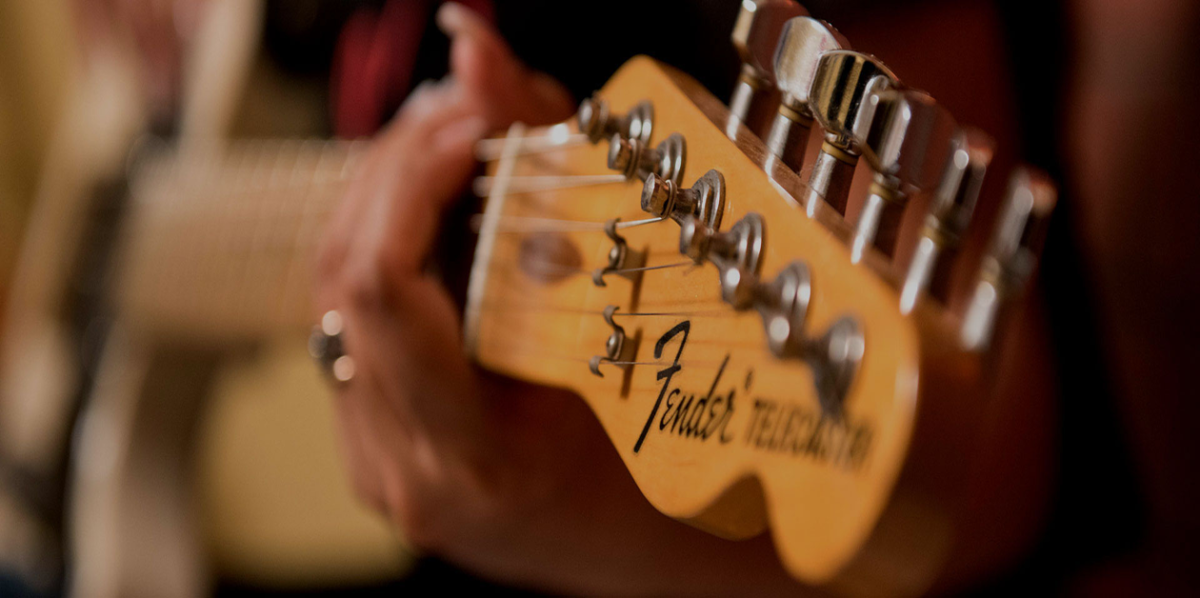One Finger Method Annotation
In the One Finger Method annotations, all I use for the annotation is the fret number, because that's all that is needed to know where to put your finger. In the One Finger Method song videos, I place this number synchronized along with the lyrics so you know when to play it. In this way, we have no real need to use tablature, chord charts, or classical musical notation. The lyrics provide context and timing for the numbered annotations (barre chords). In the Open C Major Chord Chart below, you can see the fret number I use for each major chord.

The black bar indicates where you need to put your finger. The number indicates which fret, as we covered in the Guide to Chord Charts lesson. To clarify One Finger Method annotation in another way:

Often the One Finger Method annotations are written in the lower 11 frets of the neck. However, you can change to one octave up if you would like the way that sounds better. Often when I play songs I will mix it up for the chorus and mix some chords from a different octave to make the song more rich and full. Also, if you keep your hands busy enough, no one notices you are playing completely in one finger chords. If I were to give a chord sequence such as 2 7 9 (D G A) then the entire song can be played within the box as indicated in the diagram below on the left in a lower position.

You can transpose from the default 2 7 9 (D G A) annotations I wrote on the left, and use the chord box on the right 7 9 14 (G A D) if it sounds better moving one or more chords up an octave for a specific part or even the entire song. In the red "chord boxes" above, this is the area where you can find most of the notes for whatever song you are playing. Where the chords are is where most of the notes for the vocals and solos are most likely found.
An even easier way to modify how the chord will sound is to play more or less notes depending upon how you want to make it sound. Since guitar players play and practice alone, the Open C tuning allows for a very wide variation of how you want to make the chords sound. Take a look at the tab below for some examples.

All of the above examples repeat at the 12th fret. So if the annotation is written as 0 1 2 3 you can also use 12 13 14 15 in any of the above combinations since the octave repeats. The reason the octave repeats, is because the 12 fret marks exactly half of the length of the string on your instrument, whatever instrument it may be. We will get into that a little more when we cover setting your intonation.
There are some special conditions you need to know to interpret certain special conditions correctly. Often in Music, the chords are written over the word where they are to begin, and the strumming pattern is up to the individual to figure out. Sometimes I write it out more specifically. 8x16 means 8th fret, strum 16 times. If I write 8/16 it means to slide from fret 8 to fret 16. 8b10 means to strike the note / chord on the 8th fret, and bend it until it sounds like the note on the 10th fret. 8h10 means strike 8th fret note, and hammer on to 10th fret. 10p8 means strike 10th fret note, and pull of to 8th fret.
These are a few basic adaptations of the standard tablature rules.

